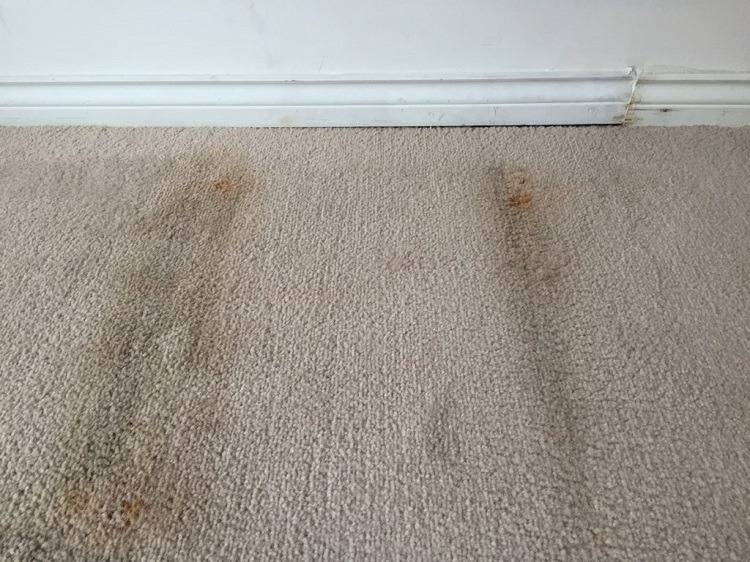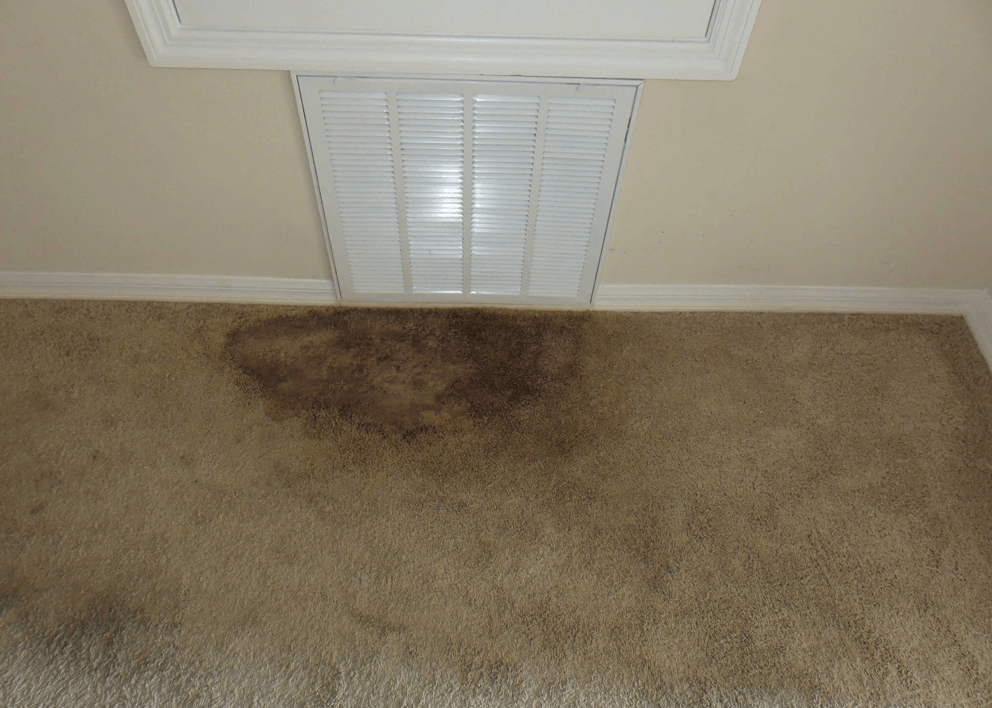How To Get Mold Out Of A Carpet
Mold in your carpet is a problem you cannot ignore once you spot it. Left untreated, it spreads very quickly, damaging your home and your health as it festers. You have to address it as soon as you notice the first signs, but it needs to be done carefully to ensure it does not come back. Here’s what to do.
1. Identify the Affected Area
Look for visible discoloration, damp spots, or a musty odor in a specific area. Mold often hides beneath the carpet surface, so be sure to search thoroughly, lifting it if you can to check the floor underneath too. Check nearby walls, baseboards, and underlay, as mold can spread pretty quickly. If it’s a large patch or it seems deeply rooted, calling a professional is probably best, but if you’ve caught it early and it’s small enough to manage, there are a few steps you can take.
2. Stop the Moisture
Mold cannot grow without moisture, so before you start cleaning, find and fix the cause of your mold problem. This could be a spill that never fully dried, a leak in a pipe or window, or high humidity in the room. The fixes for these will vary depending on your specific problem, but in the meantime you can set up a dehumidifier or some fans to help keep the room drier while you deal with the immediate mold issue.
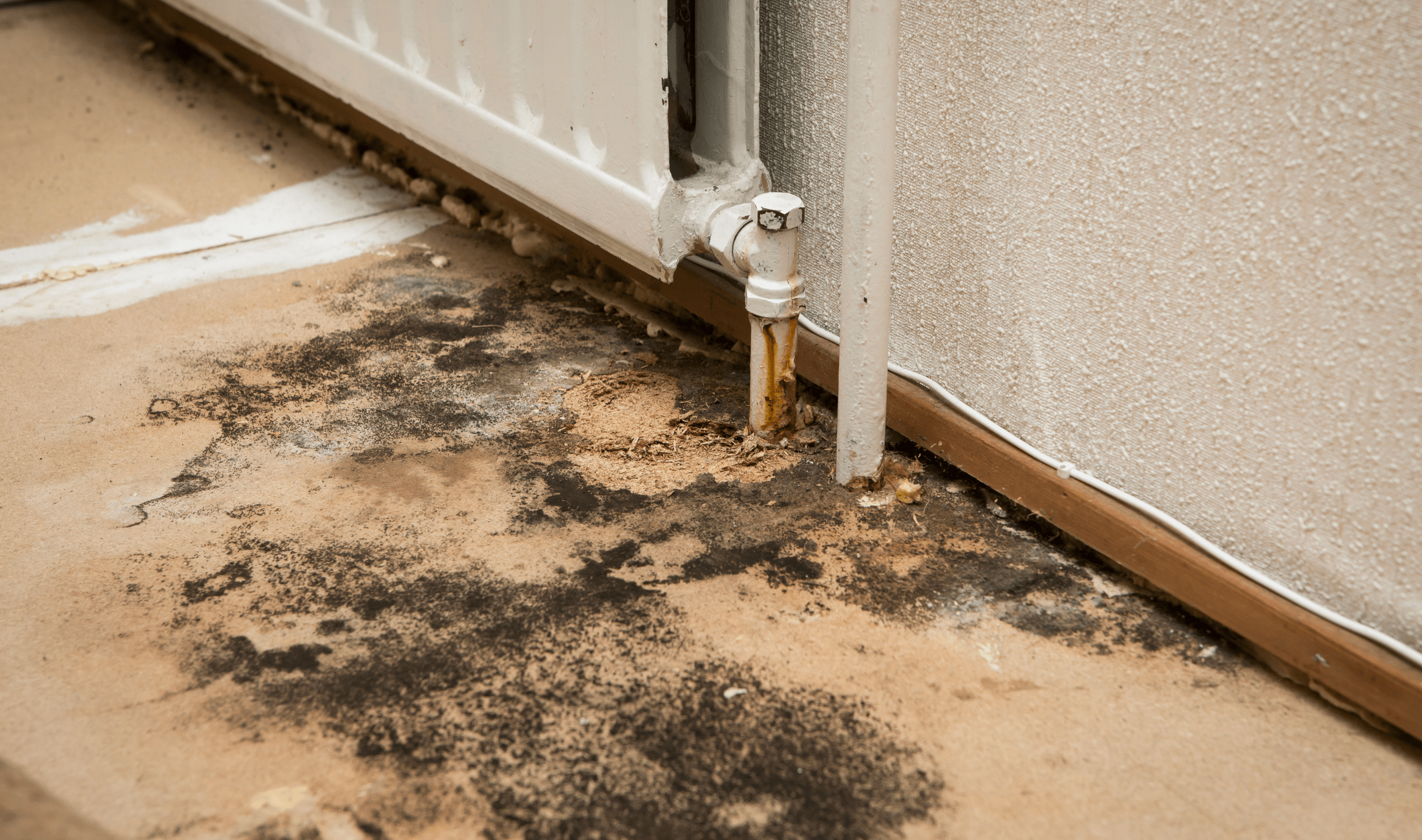
3. Vacuum
Wear gloves and a mask, preferably a respirator, before disturbing the mold. Use a vacuum with a HEPA filter to collect the loose spores without spreading them around. Go over the area slowly to capture as much as possible on each pass. Dispose of the vacuum bag or empty the canister outdoors immediately, as the spores can still settle in other parts of your home should you vacuum there later.
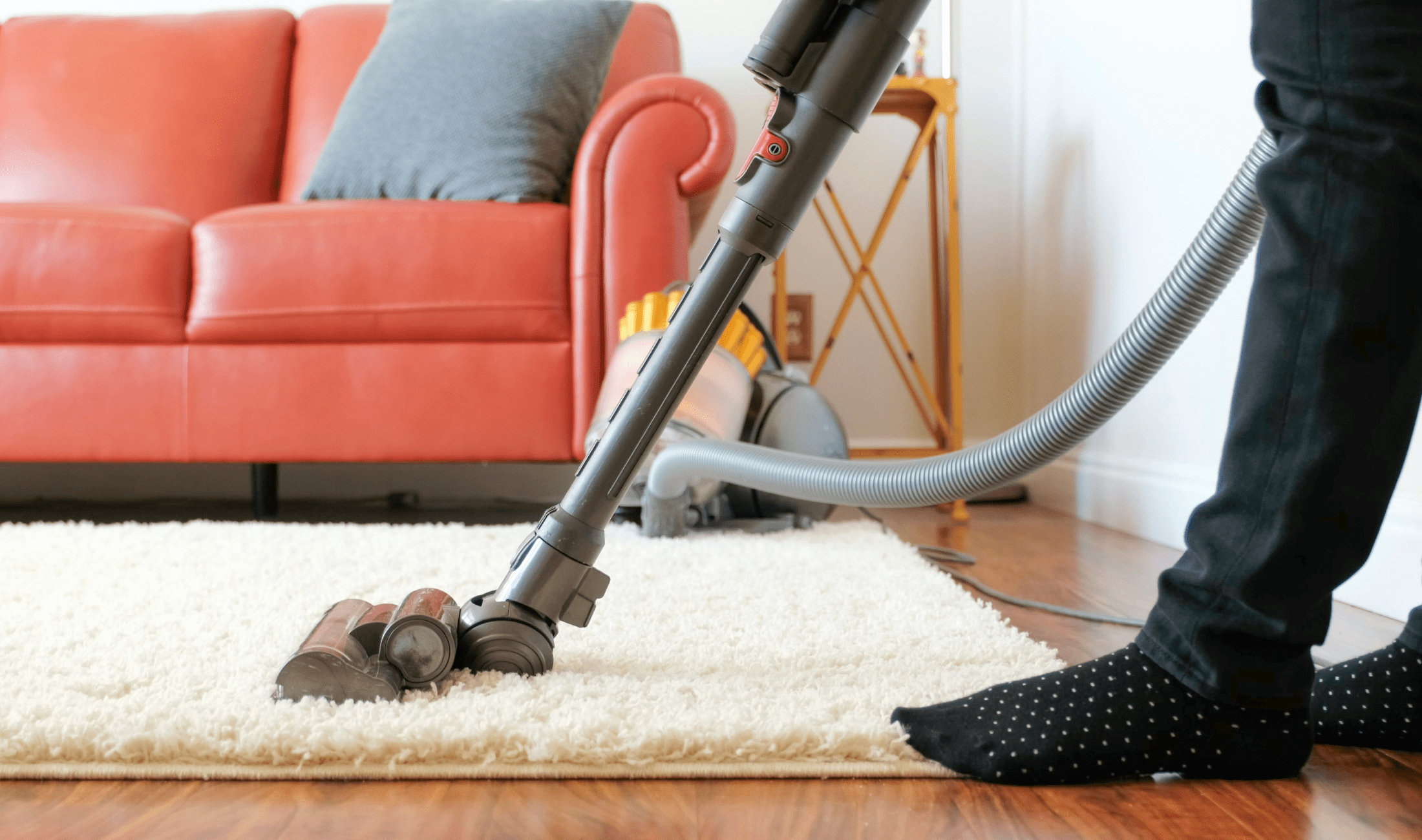
4. Treat
Mix equal parts white vinegar and warm water in a spray bottle, or use a commercial carpet-safe mold cleaner. Lightly spray the affected area and let it sit for about ten minutes to kill the mold. Avoid soaking the carpet with your cleaner though, as excess water can just aggravate the problem all over again. Blot the area with a clean cloth to lift both the moisture and any new mold that’s been loosened.
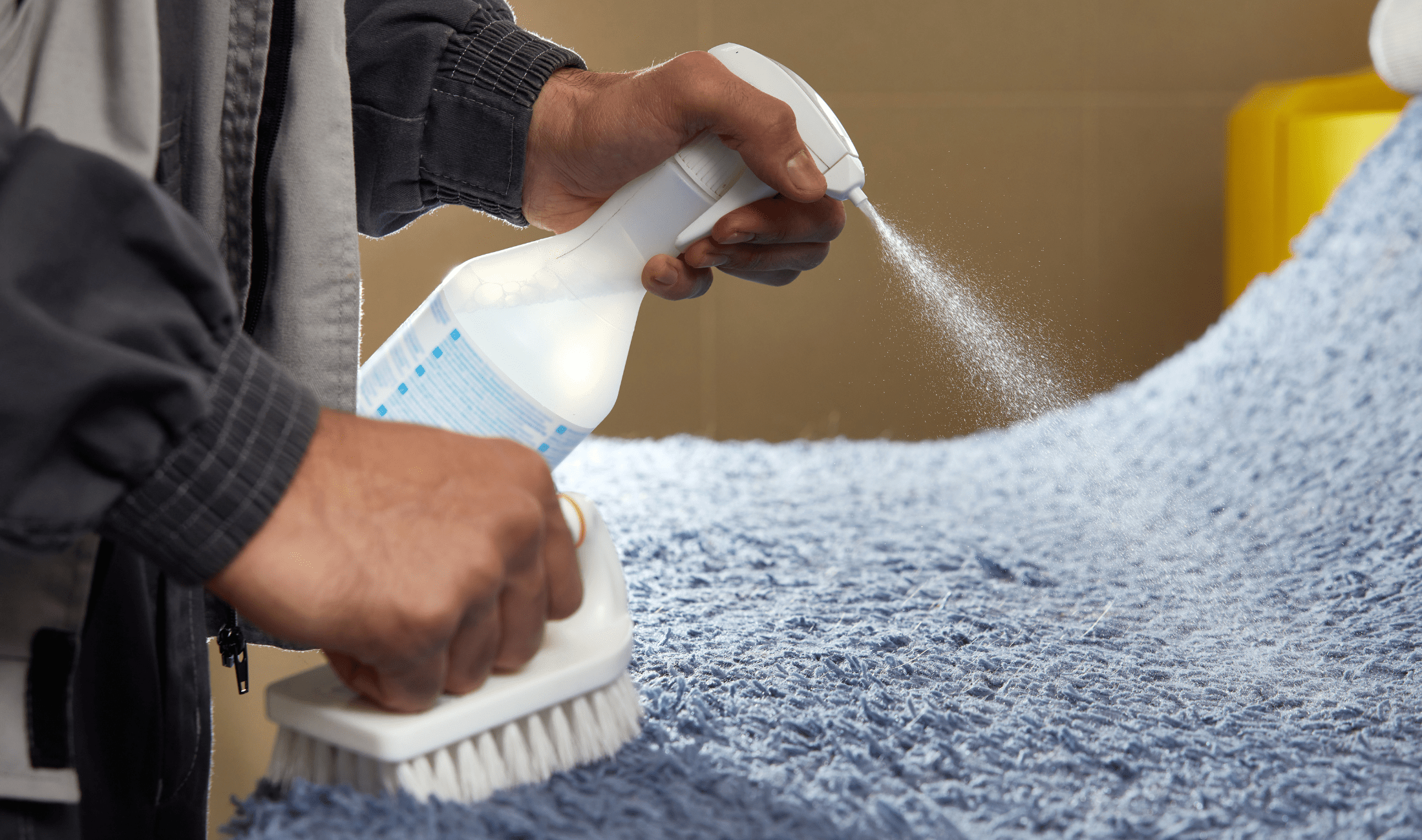
5. Deep Clean
After cleaning the surface mold and treating the area, use a carpet cleaner or rent a steam cleaner to wash your carpet thoroughly. Use hot water extraction if possible, as heat can help kill any remaining spores. Work slowly and avoid over-saturating the carpet too much. Once cleaned, blot up as much water as possible so the mold doesn’t have a chance to regrow
6. Dry and Monitor
Use fans, open windows, and/or a dehumidifier to dry the carpet fully. This can take several hours, but is crucial to prevent mold from immediately growing back. Check the area over the next few days for any returning discoloration or smells just in case. If the mold reappears or covers a larger section than you originally thought, replacing the carpet or hiring a professional may be the safer choice.
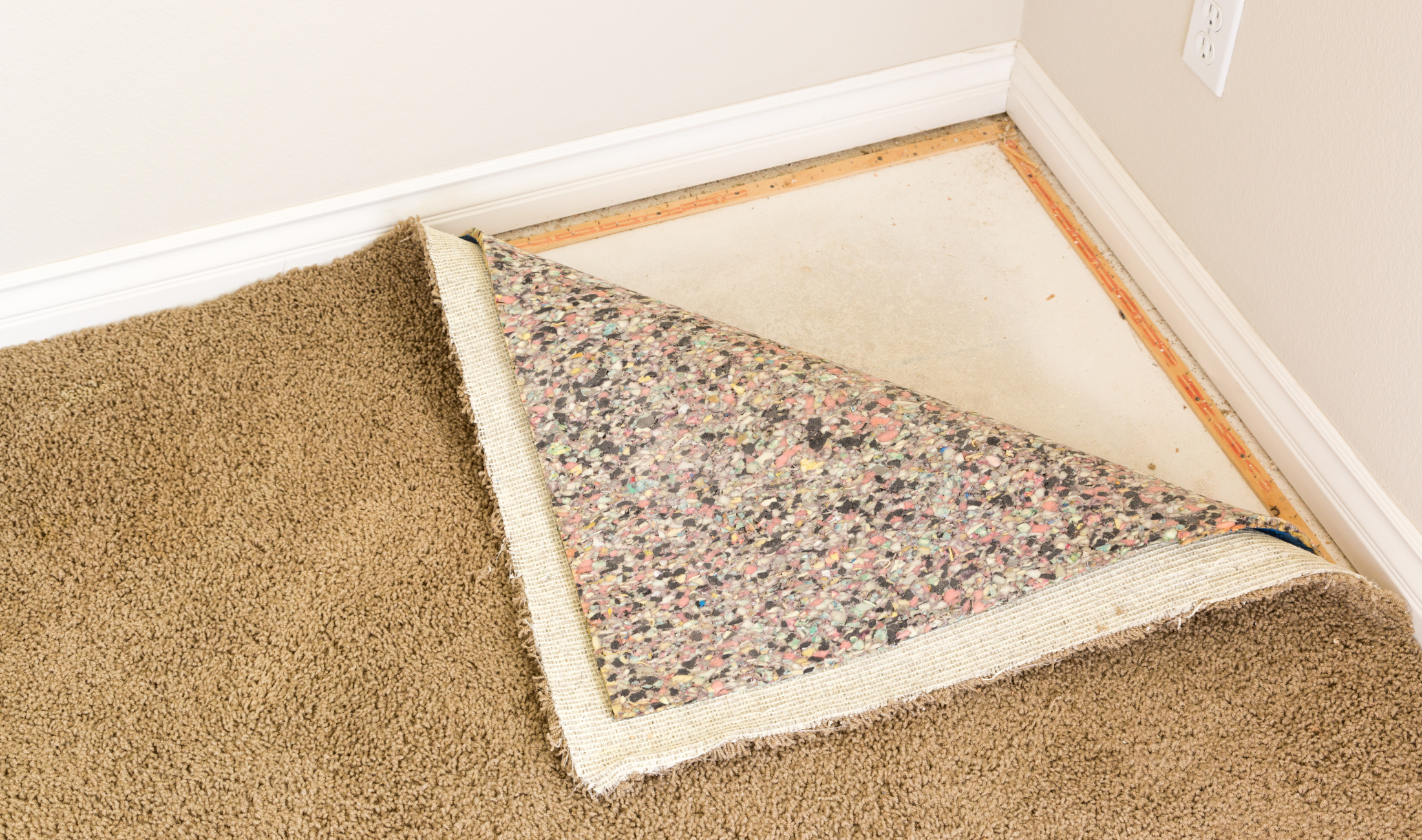
Related Articles
- How to Patch Your Carpet for a Flawless Finish
- How To Clean Black Mold From Shower Caulking
- Step-by-Step Guide on How to Install Carpet in Your Home
Mold in your carpet is certainly unpleasant, but it doesn’t have to mean replacing your entire floor. Acting quickly, using the right cleaning methods, and keeping the area dry will often solve the problem. For severe cases, professional help is worth the cost to protect both your home and your health. A little prevention and quick action when needed can keep your carpets completely mold-free.

